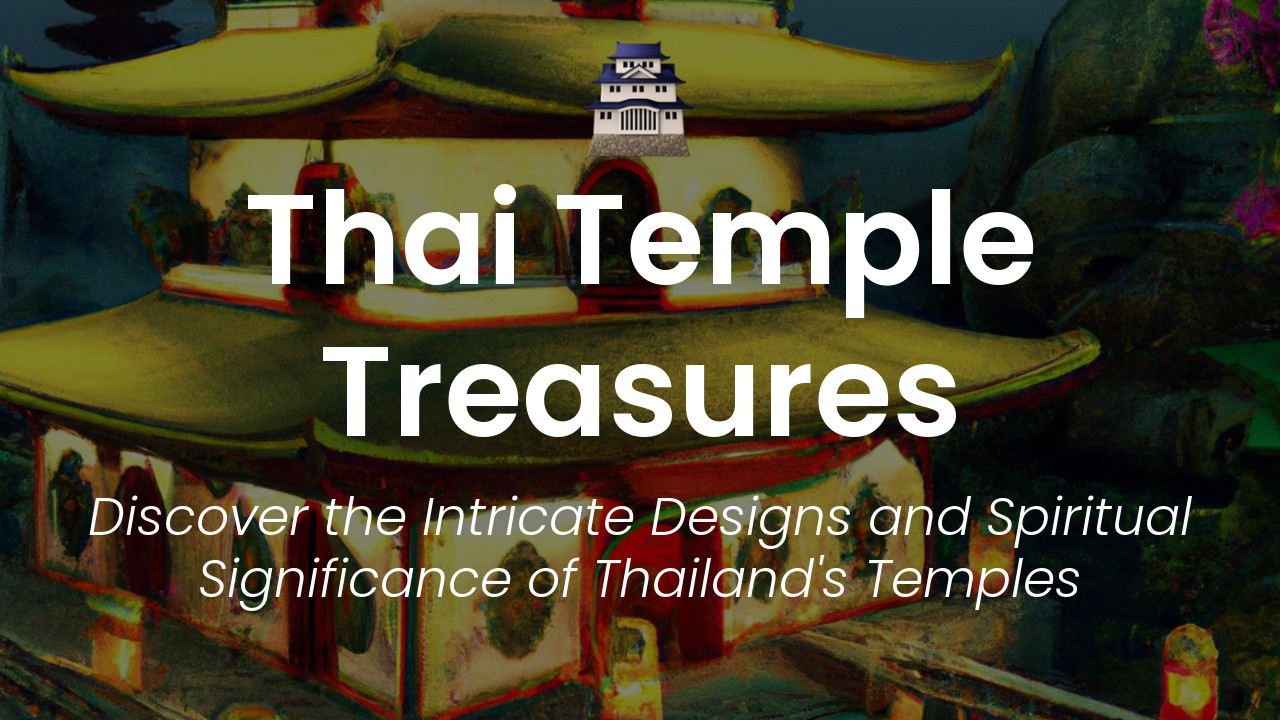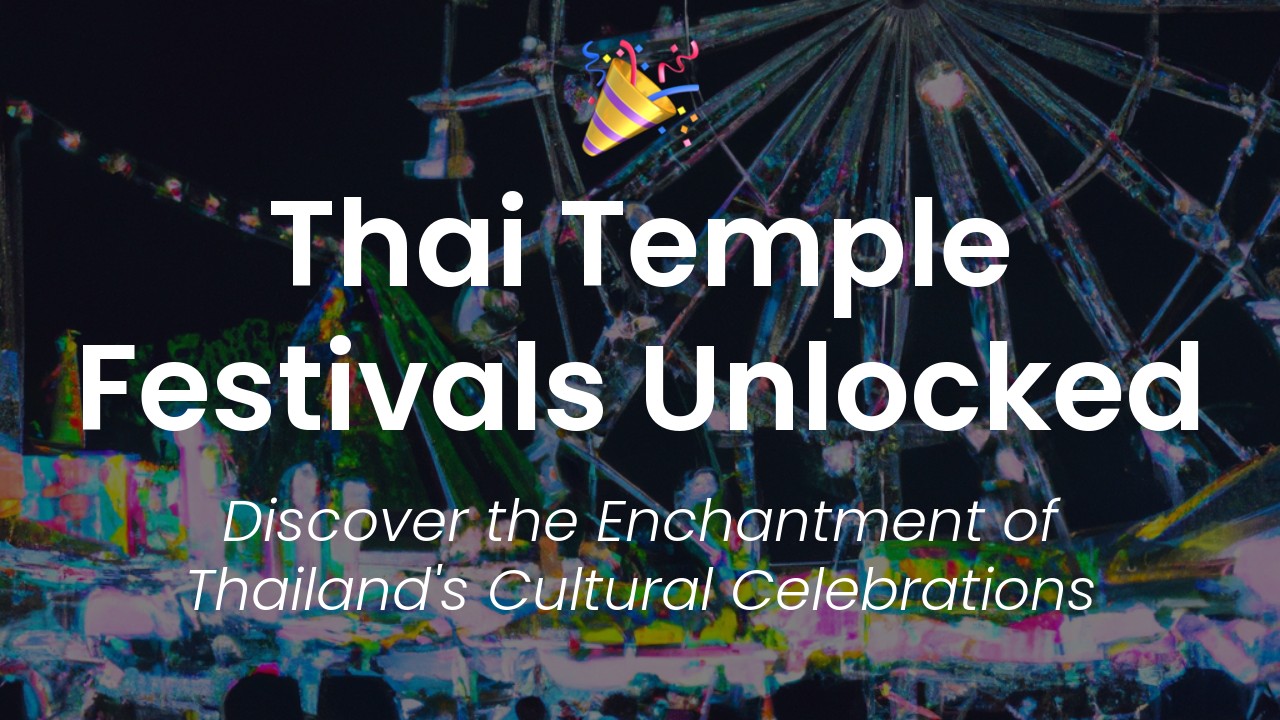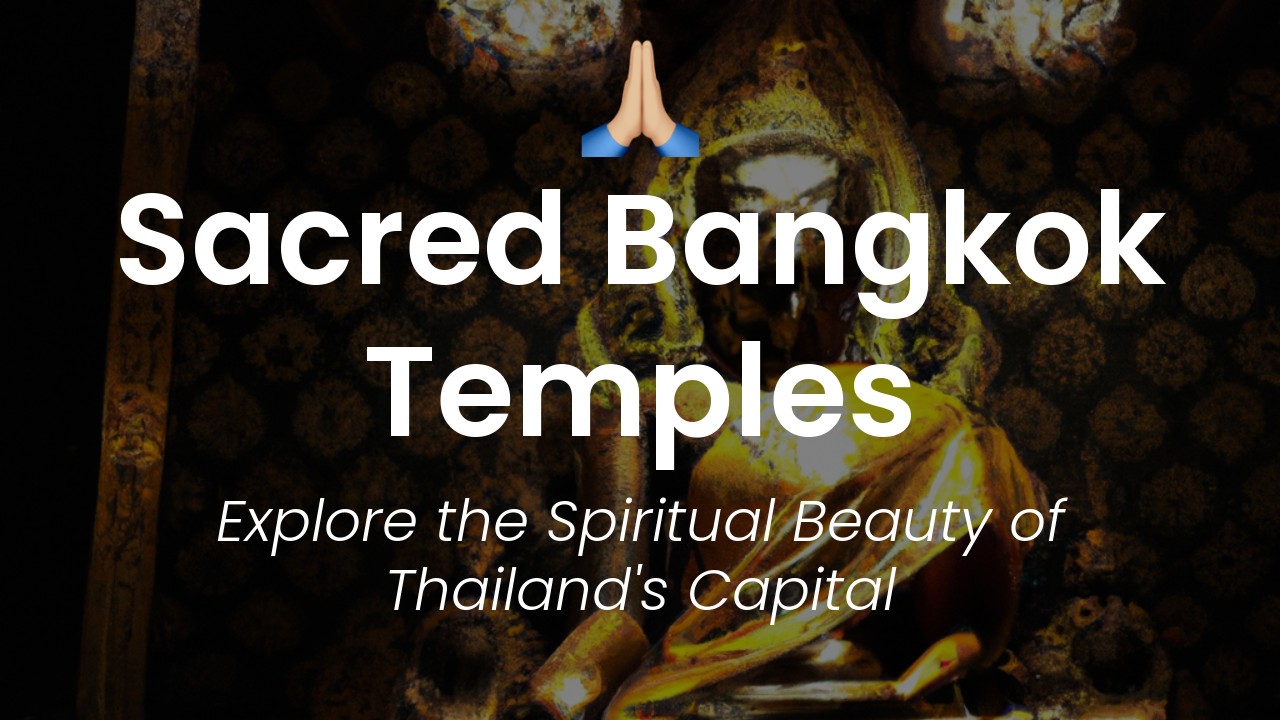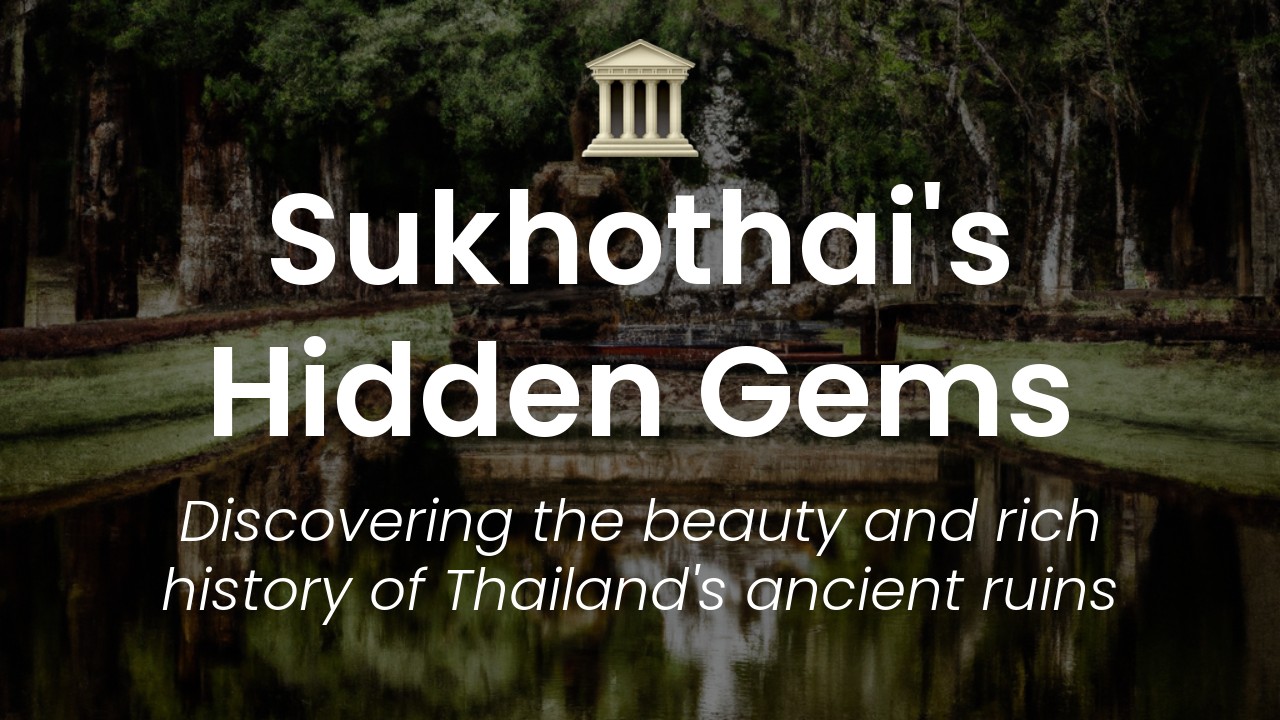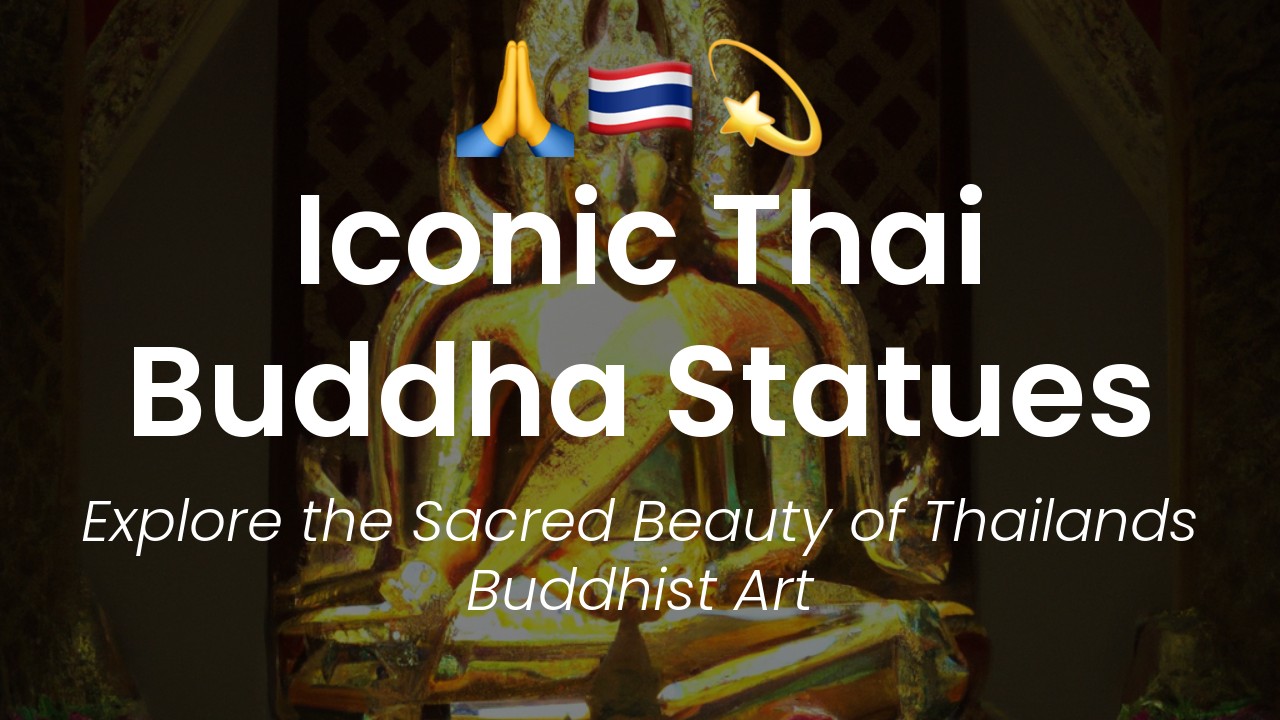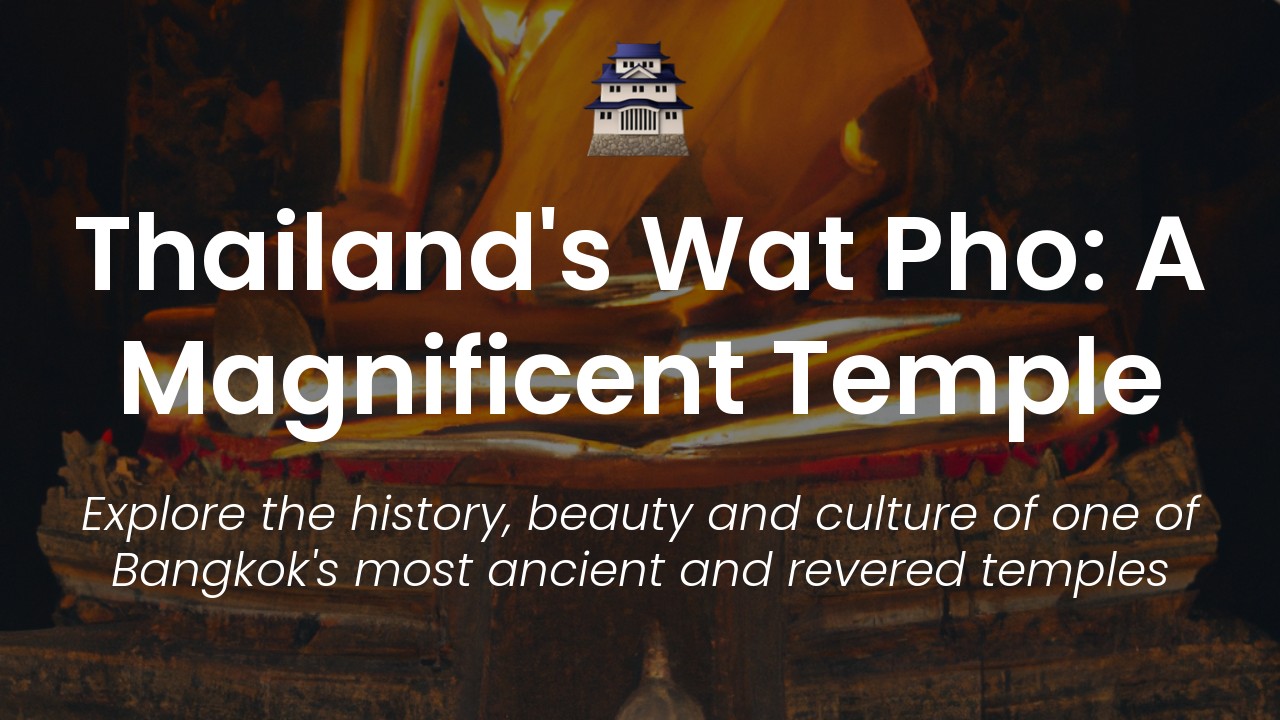As a Thai woman, I often find myself in awe of the Indian architecture and spiritual significance of Thai temples, also known as Wats. The intricate designs, vibrant colors, and towering structures make them stand out as some of the most impressive examples of religious architecture in the world. Each temple tells its own story and is steeped in history and culture, making them an ideal destination for tourists who want to explore the beauty and richness of Thai culture.
In this article, I want to take you on a journey through the majestic world of Thai temple architecture, from the rural countryside to the bustling cities. I will share with you some of my personal experiences visiting these temples, both as a tourist and a local, and provide practical tips and insights that will help you make the most of your own visits.
Whether you've never been to Thailand before, or are a seasoned traveler to this land of smiles, I hope this article will inspire you to explore the beauty of Thai temples and promote a deeper understanding and appreciation of Thai culture. So, let's get started!
Historical Background of Thai Temple Architecture
Thai temple architecture is an integral part of the rich cultural heritage of Thailand. It reflects the fascinating fusion of different architectural styles and cultural influences that shaped the country's history, dating back to the Sukhothai period in the 13th century. Thai temple architecture has evolved over the centuries, incorporating elements from Khmer, Mon, and Sri Lankan cultures, among others.
During the Sukhothai period, temples in Thailand were characterized by a simple design that emphasized functionality over form. The structures were made of local materials such as brick, stucco, and laterite, and were decorated with ornate carvings and reliefs. The most well-known temple from this period is Wat Mahathat, which features a central chedi (stupa) surrounded by eight smaller ones.
In the Ayutthaya period (1351-1767), Thai temple architecture became more elaborate and grandiose. The temples featured multiple buildings, including a main hall (ubosot), a sermon hall (wiharn), a library (ho trai), and living quarters for the monks. The roofs of the buildings were decorated with intricately carved gables (luke nok), which symbolized the mythical bird Garuda. The chedis became more elaborate, with multiple tiers and spires.
During the Rattanakosin period (1782-1932), Thai temple architecture reached its pinnacle. The temples were larger and more ornate, with gold leaf and brightly colored decorations. The roofs of the buildings were decorated with multiple tiers of carved gables, and the chedis were covered in gold leaf. The temple complexes became self-contained cities, with living quarters, classrooms, and other facilities for the monks.
Characteristics of Thai Temple Architecture
One of the most distinctive features of Thai temple architecture is the chedi (stupa). The chedi is a symbolic representation of the Buddhist cosmology, with the base representing the earth, the middle representing the heavens, and the spire representing nirvana. The chedis are often covered in gold leaf and other decorations, and are believed to house relics of the Buddha or other important Buddhist figures.
Another characteristic of Thai temple architecture is the use of color. Thai temples are often brightly colored, with intricate designs and patterns covering every surface. The color symbolism has deep meaning in Thai culture, with each color representing a different aspect of Buddhist teachings. For example, gold represents enlightenment, while red represents protection from evil spirits.
The roofs of Thai temple buildings are also distinct, with multiple tiers of intricately carved gables (luke nok). The gables feature depictions of mythical creatures, including the Garuda and the Naga. These creatures are considered protectors of the Buddhist faith, and their images are used to ward off evil spirits.
The Use of Color in Thai Temple Architecture
As mentioned earlier, the use of color in Thai temple architecture is a significant aspect of the design. Different colors symbolize different aspects of Buddhist teachings and are used to create a sense of harmony and balance. Here are some examples of the color symbolism in Thai temples:
- Gold represents enlightenment and the Buddha's teachings.
- Red represents protection from evil spirits and danger.
- Blue represents the Buddha's wisdom and purity.
- Green represents the Buddha's compassion and healing.
- White represents purity and detachment.
The use of color is not limited to the exteriors of the buildings. The interiors of the temples are also decorated with bright colors, intricate designs, and gold leaf. The walls and ceilings are often covered in paintings that depict scenes from Buddhist texts, historical events, and the lives of the Buddha and other important figures.
The Role of Buddhism in Temple Design
Buddhism has played a significant role in the design of Thai temples. The temples are not just places of worship but also serve as centers of learning and community activities. The main hall (ubosot) is where the ordination of monks takes place, and where important ceremonies and rituals are held. The sermon hall (wiharn) is where the Buddha's teachings are shared with the community.
The Buddhist cosmology is also reflected in the design of the temples. The chedis represent the Buddhist concept of the three worlds (kamaloka, rupaloka, and arupaloka), which correspond to the desire realm, the form realm, and the formless realm. The chedis are seen as a means of connecting the earthly realm with the spiritual realm.
Famous Examples of Thai Temples
Thailand is known for its beautiful and ornate temples, each with its own unique style and character. Here are some of the most famous examples of Thai temple architecture:
-
Wat Phra Kaew (Temple of the Emerald Buddha): Located in Bangkok, this temple is considered one of the most important in Thailand. It is home to the famous Emerald Buddha, a small statue of the Buddha carved from a single block of jade.
-
Wat Arun (Temple of Dawn): Located in Bangkok, this temple is known for its distinctive spires, which are covered in colorful Chinese porcelain. The temple is particularly beautiful at sunset, when the light reflects off the porcelain tiles.
-
Wat Phra That Doi Suthep: Located in Chiang Mai, this temple is perched on a hill overlooking the city. It is one of the most important temples in northern Thailand and is known for its stunning views and intricate carvings.
-
Wat Phra Singh: Located in Chiang Mai, this temple is known for its beautiful Lanna-style architecture. The temple complex includes several buildings, including a main hall, a sermon hall, and a library.
-
Wat Rong Khun (White Temple): Located in Chiang Rai, this temple is a modern interpretation of traditional Thai temple architecture. The temple is entirely white and is decorated with intricate carvings and sculptures.
Modern Innovations in Temple Design
Despite the rich history and tradition of Thai temple architecture, there have been some modern innovations in temple design. For example, the White Temple in Chiang Rai is a modern interpretation of traditional temple architecture. Some temples have incorporated modern materials such as glass and steel into their designs, creating a unique blend of traditional and modern aesthetics.
Another innovation is the use of technology in temple design. Some temples, such as the Wat Phra Dhammakaya in Bangkok, have incorporated multimedia displays into their design, using video and audio to enhance the experience of visitors.
In conclusion, Thai temple architecture is a fascinating subject that reflects the rich cultural heritage of Thailand. From the simple structures of the Sukhothai period to the grandiose complexes of the Rattanakosin period, Thai temple architecture has evolved over the centuries, incorporating elements from different cultures and architectural styles. The use of color, intricate designs, and symbolism make Thai temples among the most beautiful in the world.

